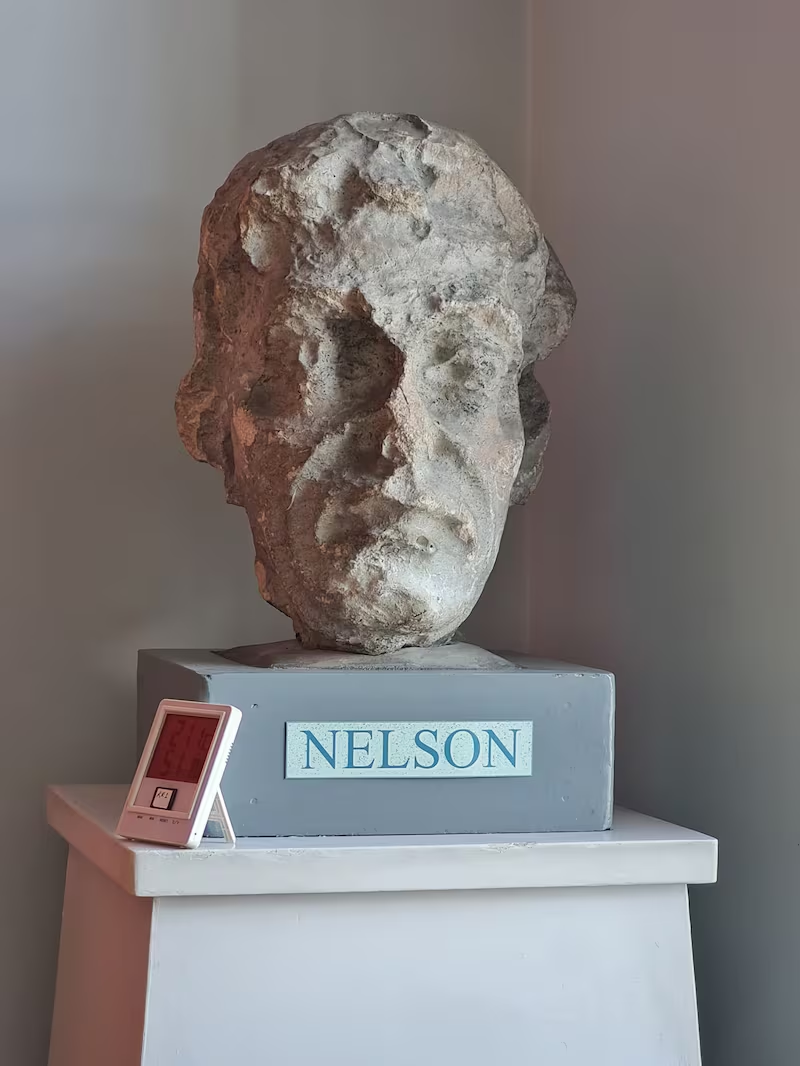O’Connell Street first appeared on a map in 1728 as Drogheda Street. In the 1740s visionary landowner Luke Gardiner (1690-1755) renamed the street after two-times Lord Lieutenant of Ireland Lionel Sackville (1688-1765) and transformed it into the most sought-after address for 17th century aristocracy and the Victorian Anglo-Irish who loved how it resembled London. This was no coincidence as Gardiner’s work was carried on, in the late 1700s, by the Wide Street Commissioners who pinned a map of London to the wall of their headquarters for inspiration.
In the 1790s Irish artist James Malton (1761-1803) declared Sackville Street to be “the noblest street in Europe, inhabited by persons of the first rank and opulence”.
Following the 1800 Act of Union with the termination of the Irish Parliament, many of the street’s aristocratic residents sold up and returned to London, thus allowing businesses to move in, their shop fronts signalling a new era and opening up the previously exclusive street to Dubliners.

In 1808 businessmen funded the controversial Nelson’s Pillar and when the new General Post Office (GPO) opened in 1814, the two came to symbolise Dublin in the mid-19th century but, also, provided targets for those wanting to overthrow Ireland’s colonial chains as when the revolutionary Patrick Pearse led his forces to the GPO that Easter Monday in 1916. Meanwhile, it is something that Britain’s admiral was not knocked off his perch for another 50 years, when IRA man Liam Sutcliffe’s bomb exploded at about 1.30am on Tuesday, March 8th, 1966, miraculously without killing a soul. The pillar was finally replaced by the controversial Spire in 2003. Like Nelson, the Spire was criticised for clashing with its surroundings.
O’Connell Street’s hotels, past and present, hosted tumultuous events. In 1913 trade unionist James Larkin (1874-1947) defied his police ban from the balcony of the Imperial Hotel, resulting in officers exacting revenge on hundreds of unarmed civilians. Michael Collins sent men into the Gresham Hotel on Sunday, November 21st, 1920, to kill suspected English officers. Two fiery years later anti-treaty Cathal Brugha (1874-1922) was fatally wounded by Free Staters on exiting the Hamman Hotel, revolver in hand.
[ O’Connell Street: Can our premier street be restored to its former glory? ]
[ The man on the bridge: the photographer who captured life on Dublin’s O’Connell Street ]

Unbelievably, it was 1924 before the street was named after an Irishman and is still, today, short on statues of Irishwomen.
[ My manifesto for Dublin: Make public transport free and charge motorists to drive through the city ]
What had once been Luke Gardiner’s residential showpiece, now thrived to the sound of coin and heavy footfall thanks to the openings of Thomas Gresham’s hotel in 1817 and the Palatial Mart (future Clerys) in 1853. Charles Eason Snr arrived in 1856 and the McDowell family shifted their jewellers shop from Mary Street in 1904. The first film shown in the Savoy, Dublin’s oldest cinema in operation, was 1929′s ground-breaking musical On with the Show! – the title an accidental salute to those businesses who had survived the fires of 1916, the War of Independence and the Civil War. And they are still going today amid the ever-changing fortunes of a street whose historical importance could never be diminished even while its popularity dips and sways.
Nicola Pierce is the author of O’Connell Street: The History and Life of Dublin’s Iconic Street, published by O’Brien Press









